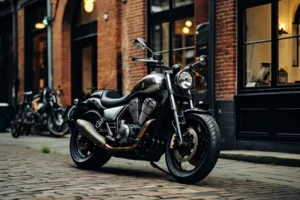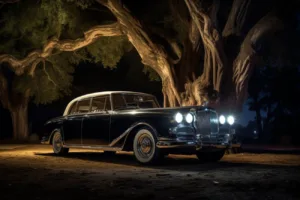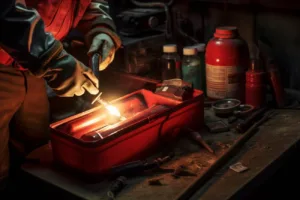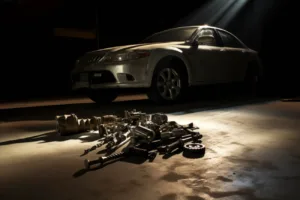Volkswagen Busz, also known as the Volkswagen Type 2 or simply the VW Bus, is an iconic and beloved vehicle that has left an indelible mark on the world of transportation. With its unique design, versatile functionality, and enduring appeal, the Volkswagen Busz has captured the hearts of enthusiasts and adventurers alike for generations.
A brief history
The Volkswagen Busz made its debut in the late 1940s, shortly after the end of World War II. It was the brainchild of Dutch businessman Ben Pon, who was inspired by the design of a simple utility vehicle he had seen at the Volkswagen factory in Germany. The first generation, known as the T1 or „Split Screen,” featured a distinctive split windshield and a rear-engine layout.
Over the years, the Volkswagen Busz went through several generations, each marked by design refinements and technical improvements. The T2, introduced in the late 1960s, became one of the most iconic versions of the Busz, featuring a single, larger windshield and a more spacious interior.
The Busz also gained popularity as a symbol of the counterculture movement in the 1960s and 1970s, with its association with peace, love, and freedom. It became a staple of the hippie lifestyle, often adorned with colorful paint and psychedelic artwork.
Versatile functionality
One of the key appeals of the Volkswagen Busz is its versatility. It served as a family vehicle, a camper van, a commercial transporter, and even an ambulance in various parts of the world. The spacious interior could be configured to suit different needs, making it a favorite among travelers and outdoor enthusiasts.
Its rear-engine, rear-wheel-drive layout provided excellent traction and stability, especially in adverse conditions. This made the Busz a popular choice for surfers, campers, and adventurers who needed a reliable vehicle to take them off the beaten path.
Enduring popularity
Despite the discontinuation of the original Volkswagen Busz in the early 2000s, its popularity has not waned. In fact, it has experienced a resurgence in recent years, thanks to a growing appreciation for classic vehicles and nostalgia for a bygone era. Enthusiast clubs, restoration projects, and customizations have kept the spirit of the Busz alive.
Moreover, Volkswagen itself has recognized the enduring appeal of the Busz and has announced plans to reintroduce an all-electric version of the iconic van, combining its classic design with modern, eco-friendly technology.
Frequently asked questions
1. What is the origin of the name „Volkswagen Busz”?
The name „Volkswagen Busz” is derived from the German words „Volkswagen,” meaning „people’s car,” and „Bus,” indicating its function as a bus or transporter.
2. Is the Volkswagen Busz still in production?
The original Volkswagen Busz is no longer in production, but Volkswagen has announced plans to introduce an all-electric version of the iconic van in the near future.
3. What makes the Volkswagen Busz so beloved?
The Volkswagen Busz is beloved for its unique design, versatile functionality, and its association with freedom and adventure. It holds a special place in the hearts of enthusiasts worldwide.
4. Are there Volkswagen Busz enthusiast clubs?
Yes, there are numerous Volkswagen Busz enthusiast clubs and communities dedicated to preserving and celebrating this iconic vehicle. They often organize events, rallies, and restoration projects.
Vezi și:





